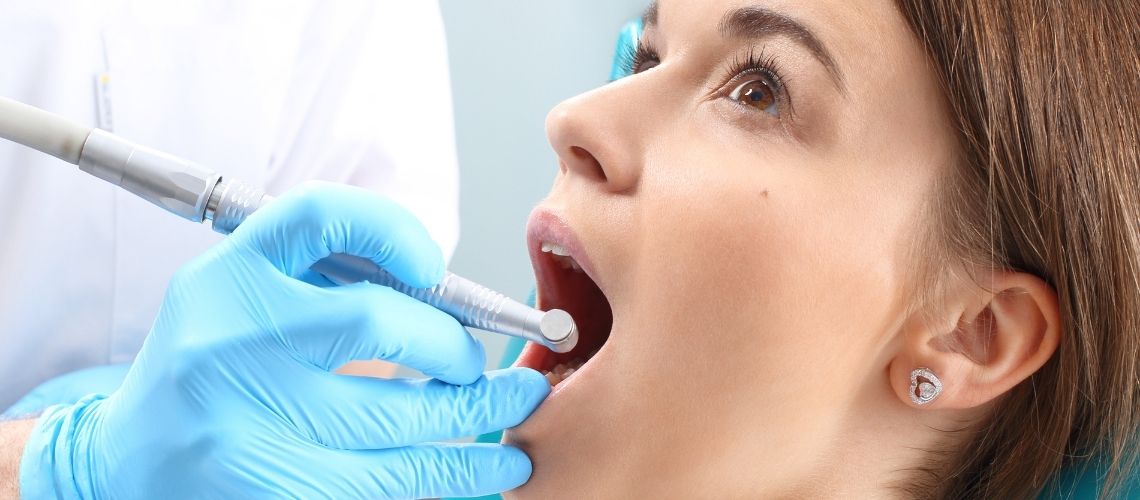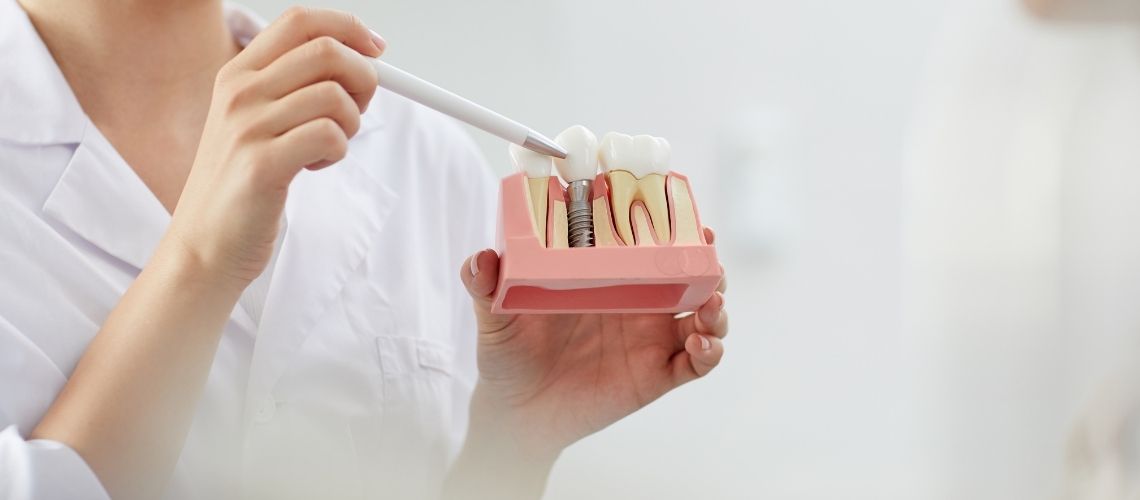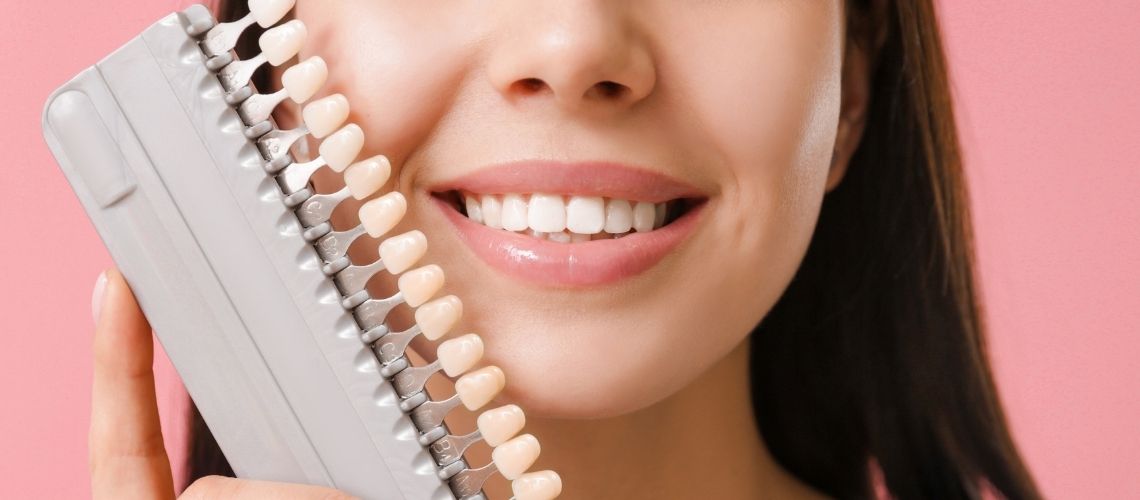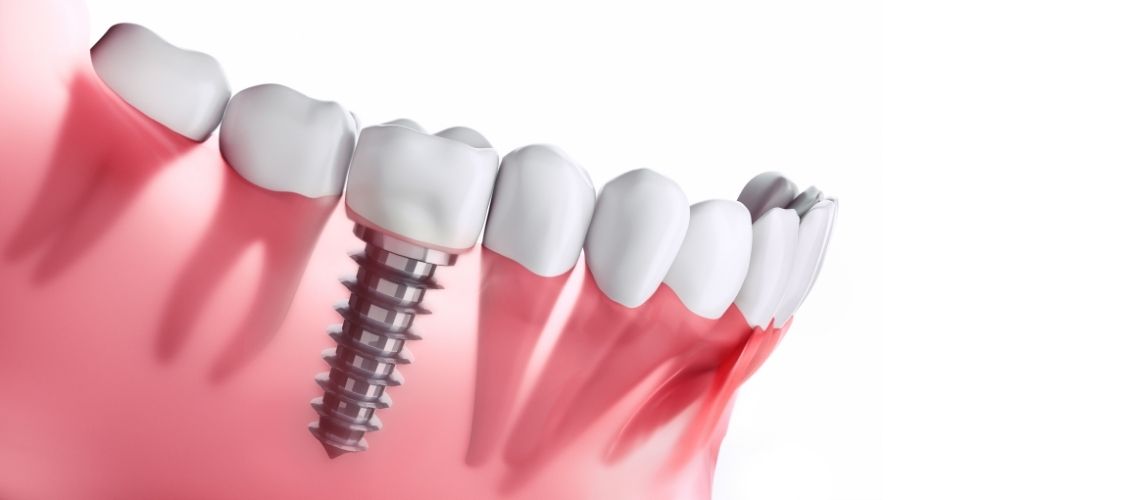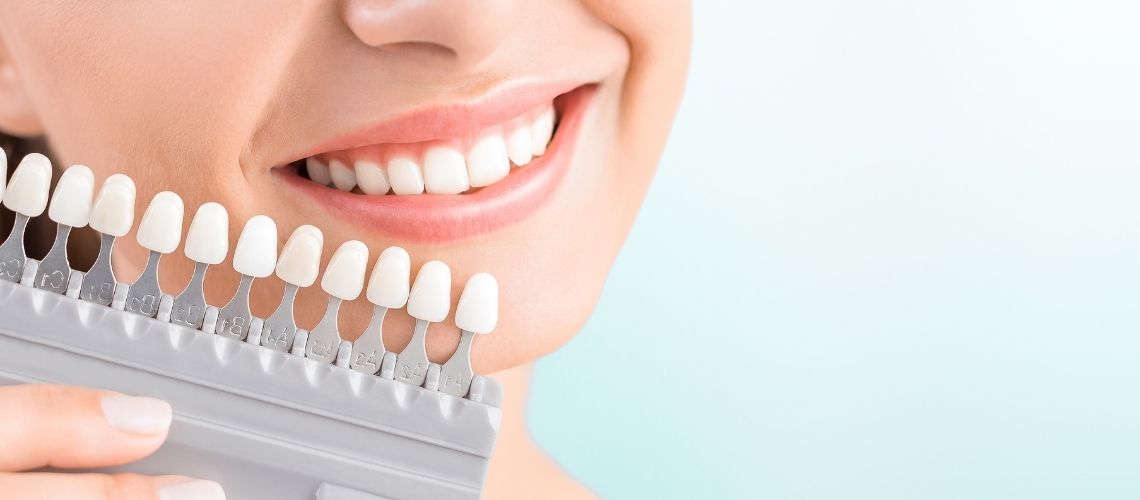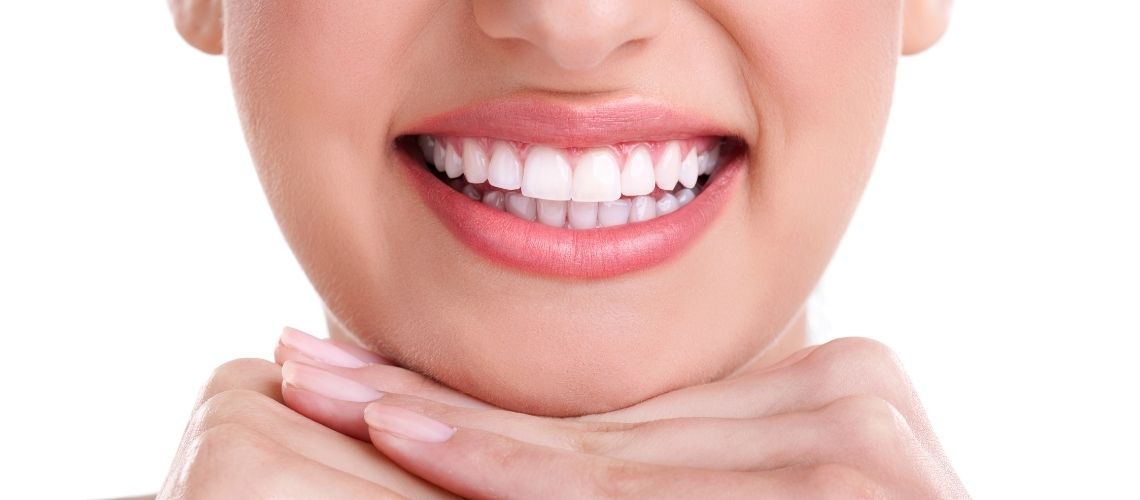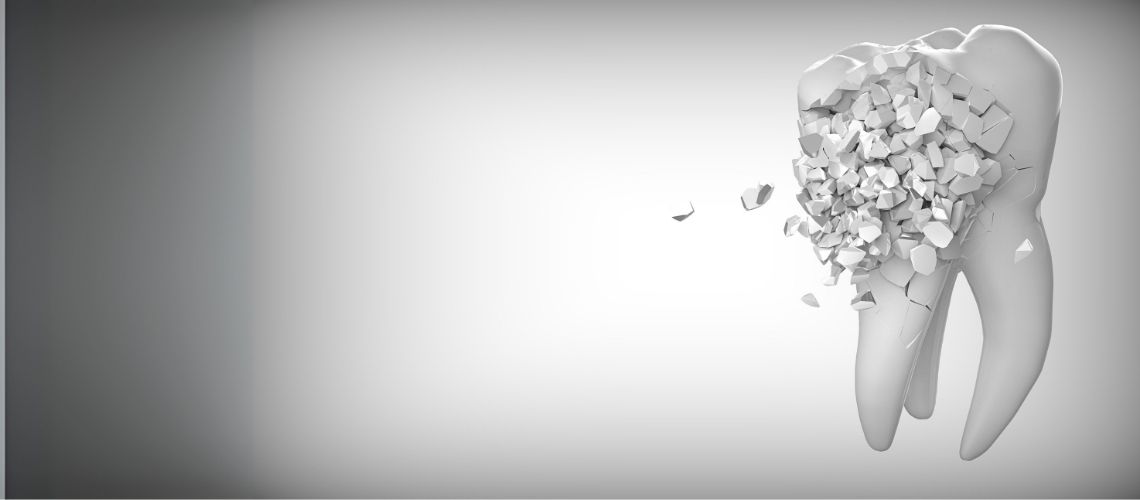Tooth discoloration can develop due to various factors. The impact of the foods and drinks consumed is usually significant. Additionally, habits such as smoking can also cause stains on the teeth. Moreover, insufficient attention to oral hygiene can lead to the yellowing of teeth over time. Fortunately, it is possible to overcome this problem. It is necessary to first understand the causes well. Then appropriate treatment methods should be determined and applied. Thus, the teeth can regain their former health and whiteness.
Types of Stains
The discoloration of teeth is classified into three main categories: extrinsic, intrinsic, and age-related. Extrinsic discoloration generally occurs on the surface of the tooth enamel. The main factors causing these types of stains are:
- Foods
- Drinks
- Tobacco use
These stains caused by external factors can be significantly reduced with proper dental cleaning and care. Intrinsic discoloration, on the other hand, is found within the tooth and is generally resistant to external whitening products. The main causes of intrinsic discoloration are:
- Use of certain medications
- Dental trauma or injuries
- Cavities
- Excessive fluoride intake
- Genetic factors
These types of stains require more in-depth treatment methods. Age-related discoloration is usually known for the gradual wear of the tooth enamel over time. This condition causes the tooth to take on a more yellow color. The basis of age-related color changes lies in both extrinsic and intrinsic factors. With the thinning of the enamel, the dentin inside the tooth becomes more prominent, and yellowing becomes more noticeable. These changes can be managed with professional treatments performed by dentists.
Causes of Tooth Discoloration
Color changes in teeth can be caused by various factors. Particularly, foods and drinks consumed penetrate the surface layers of the teeth and cause stains. The most noticeable staining substances are:
- Red wine and red sauces
- Tea and coffee
- Chocolate
Additionally, tobacco use also causes yellowing and staining of the teeth. Smoking and chewing tobacco can cause permanent color changes on the teeth. Moreover, as the teeth age, the enamel wears down and the teeth become more brittle, making them more prone to staining.
Dental injuries can also cause color changes. Teeth affected by an injury usually darken only in the damaged areas. On the other hand, some antibiotics taken during childhood, especially tetracycline, can cause permanent color changes in the teeth.
Research shows that an acidic mouth environment also lays the groundwork for enamel damage and consequently color changes. Acidic drinks and some foods can trigger this situation. Regular oral hygiene and dental check-ups are recommended as a precaution to protect the enamel.
Methods to Remove Stains
Tooth yellowing is a common problem, and various methods exist to combat it. To achieve an effective result, the methods to be applied must be chosen carefully. Teeth whitening procedures are mainly classified into three categories:
- In-office treatments: Dentists usually use solutions containing more concentrated hydrogen peroxide than those used at home. This method allows the teeth to be whitened quickly, and the result obtained can be long-lasting.
- At-home teeth whitening kits: Your dentist prepares special trays suitable for your teeth and gives them to you for home use. These trays are filled with whitening gel and worn for a certain period. This application, which usually lasts for several weeks, can lighten the color of your teeth.
- Over-the-counter products: Whitening toothpastes and strips available in stores can help reduce surface stains. Although they are not effective on deeper stains, they are useful for surface changes.
It is important to consult your dentist before choosing any whitening method. Some products can cause tooth sensitivity or gum irritation. Regular consultations with your dentist allow for the correct product to be selected and applied. Additionally, regular cleaning of the teeth prevents the formation of stains and helps reduce existing stains.
When to Treat Tooth Yellowing: The Importance of Dental Visits
When yellowing or discoloration of the teeth is noticed, and home-applied methods are insufficient, it usually indicates deeper problems. In this case, seeing a dentist is essential to correctly identify the cause of the problem and determine the appropriate treatment. Particularly, stains that cannot be removed with over-the-counter whiteners can be indicative of serious health problems. Your dentist will evaluate these situations with a detailed examination.
- Dark spots that suddenly appear on the tooth
- Persistent color changes that cannot be corrected with whitening products
- Color change in a single tooth
These may indicate serious problems such as cavities or injuries under the enamel. Early intervention prevents the progression of such problems and avoids the need for more complex procedures. Regular dental visits also allow potential problems to be detected early. Routine check-ups at least twice a year help maintain the health of your teeth and allow for the resolution of potential problems before they worsen.
How to Prevent Tooth Discoloration
Preventing tooth discoloration is possible with some changes in your daily habits. First of all, it is necessary to clean the teeth 40 minutes after consuming colored foods and drinks. If you cannot brush your teeth immediately, drinking water or rinsing your mouth with water can reduce the formation of stains. Maintaining regular oral hygiene is one of the most effective methods to prevent tooth yellowing.
Add the following steps to your daily dental care routine:
- Brush your teeth at least twice a day.
- Use dental floss every day.
- Use mouthwash and products with whitening properties.
It is also important to avoid habits that can cause stains on the teeth. Smoking and tobacco products can cause permanent stains on the teeth. Giving up such habits helps your teeth stay healthier. Reviewing your food and drink choices and limiting those with negative effects on your teeth will also be beneficial. Being proactive is one of the cornerstones of dental health. If necessary, always carry a toothbrush with you to clean your teeth when needed.
Methods to Eliminate Tooth Yellowing and Stains
Tooth yellowing is usually caused by external factors. The most common among them are foods and drinks containing pigments. In particular, drinks such as coffee, tea, and wine can leave stains on the teeth. Tobacco products also play a significant role in the color change of the teeth. These stains on the tooth surface can be reduced or completely eliminated through various whitening techniques. Professional teeth whitening procedures should be performed under the supervision of a dentist. At-home whitening kits also offer an alternative solution. However, color changes inside the teeth are more complex. These intrinsic stains are caused by:
- Cavities
- Injuries
- Use of certain medications
Intrinsic stains are generally more permanent, and their treatment should include the methods recommended by your dentist. The treatment process requires different methods depending on the type and severity of the stains. After determining the cause of the problem, your dentist will share the most effective treatment plan with you. This plan aims to improve the aesthetic appearance while preserving the health of the teeth.
Frequently Asked Questions
What does yellowing of the teeth indicate?
Yellowing of the teeth is usually caused by poor oral hygiene. Additionally, the consumption of stain-causing foods and drinks such as coffee, tea, and wine can exacerbate this condition. Smoking also significantly contributes to the yellowing of teeth. Moreover, the aging process and genetic factors can lead to changes in the color of the teeth. Some medications, especially antibiotics like tetracycline, can cause teeth to yellow. Additionally, the thinning of tooth enamel over time can make the underlying yellowish dentin more visible.
Can yellow teeth be whitened?
Yellow teeth can be whitened, but different methods may be required depending on the situation. Surface stains can be removed with a professional cleaning. For yellowing due to tooth structure wear, a teeth whitening treatment may be necessary. These treatments aim to restore the natural color of the teeth. Maintaining oral health through regular brushing, using fluoride toothpaste, flossing, and mouthwash is important. Using a straw while consuming stain-causing drinks can help minimize staining.
How can severely yellowed teeth be whitened?
The most effective method for whitening severely yellowed teeth is professional dental treatment. During this process, the dentist applies specially designed whitening agents. This effectively removes stains while preserving the natural color of the teeth. Additionally, the materials used in professional treatments are designed to protect the enamel. This minimizes the risk of damage to the teeth. For stubborn stains, these methods provide safe and fast results.
What causes sudden yellowing of teeth?
Sudden yellowing of teeth is usually caused by rapid color changes in the enamel. Especially tobacco use and excessive consumption of dark-colored drinks can trigger this condition. Additionally, some medications or excessive fluoride intake can cause teeth to yellow quickly. The aging process can also cause the enamel to change color over time. The combination of these factors can lead to unexpected yellowing of the teeth. Taking care of oral hygiene and balancing the consumption of colored foods can help prevent this.
How is yellow tartar on the teeth removed?
The most effective method for removing yellow tartar is to seek help from a professional dentist. Incorrect interventions at home can damage the teeth and gums. The dentist carefully removes tartar using special tools. During this procedure, the surface of the teeth is not damaged. Additionally, the dentist can provide recommendations to help prevent tartar buildup in the future. This helps maintain your oral health in the long term. Professional cleaning ensures that your teeth look healthier and more aesthetic.
What deficiency causes yellowing of teeth?
Yellowing of the teeth is usually caused by various factors, but it is not directly related to vitamin deficiency. While B vitamins are important for maintaining dental and gum health, a deficiency in these vitamins does not lead to yellowing of the teeth. Consulting a dentist is the best approach in such a case.
Does drinking tea cause teeth to yellow?
Yes, drinking tea can cause teeth to yellow. Especially black tea, due to its high tannin content, can lead to staining of the teeth. Continuous tea consumption can cause a yellowish tint to form on the surface of the teeth. Sugary teas can contribute to tooth decay and negatively impact oral health. Rinsing your mouth with water after drinking tea is an effective way to prevent staining.
Is it harmful to whiten teeth with baking soda?
Toothpaste containing baking soda can be effective for whitening teeth. However, experts warn that this method can cause permanent damage to the gums and tooth surface. Especially homemade mixtures with baking soda may be riskier than professional treatments done under the control of a dentist. Therefore, professional treatments are recommended for teeth whitening. The abrasive properties of baking soda can damage the natural structure of the teeth. Therefore, it is important to opt for safe methods under expert supervision instead of these natural methods.

Dentist Handan Nohutcuoğlu graduated from Ege University Faculty of Dentistry in 1987. He has gained experience in various fields by working in many dental polyclinics throughout his career, combining his knowledge and experience. He continues to work at Hollywood Dental at the moment.


